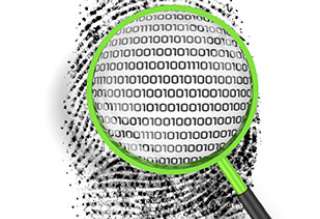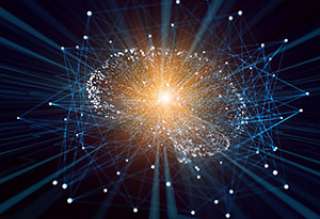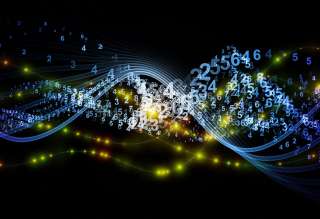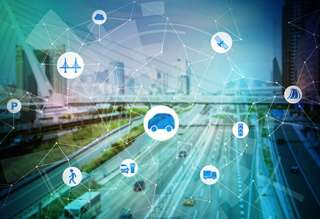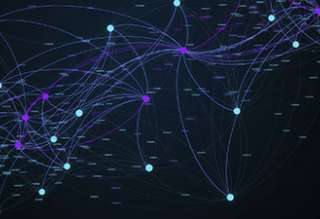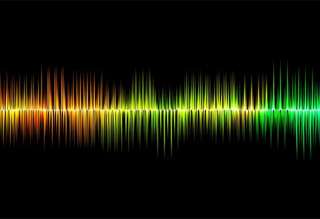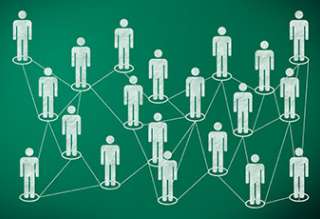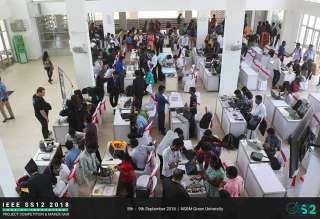Recent Patents in Signal Processing - Handwriting recognition
In patent no. 10,055,660 a system, a non-transitory computer readable medium, and a method for Arabic handwriting recognition are provided…
Read moreWhat Should We Learn? Hospitals Fight Sepsis with AI
In hospitals, doctors and nurses keep vigilant watch over patients' vital signs and blood tests to catch the first symptoms of sepsis. In this life…
Read moreSpecial Issue on Information - Theoretic Methods in Data Acquisition, Analysis, and Processing
The field of information theory – dating back to the seminal work by Claude E. Shannon in 1948 - is considered to be one of the landmark intellectual…
Read moreFrom High-Level Specification to High-Performance Code
Computer architectures and systems are becoming ever more powerful but increasingly more complex. With the end of frequency scaling (about 2004) and…
Read moreNew SPS Technical Interest Profile Codes
The IEEE Signal Processing Society continues to track emerging technical areas. As a result, the Society has decided to create two new SPS Technical…
Read moreJob Opportunities in Signal Processing
IEEE SPS has built a streamlined mechanism for employers to add a job announcement by simply filling in a simple job opportunity submission Web form…
Read moreSignal Processing Conferences
Please refer to the following webpage for the latest updates on upcoming conferences in Signal Processing. Listing of all conferences
Read moreGet Involved with Technical Committees via the Affiliate TC Membership
The Signal Processing Society (SPS) has 12 Technical Committees and 3 Special Interest Groups (SIGs) that support a broad selection of signal…
Read moreMadras Chapter Member-Driven Initiative Event: SS12 Age of Innovation
The fourth edition of SS12 ASIA: AGE OF INNOVATION 2018, a Coding and Making Challenge organized by Madras IEEE Education Society, was hosted in NSBM…
Read moreA Special Upcoming Webinar from Dr. Lajos Hanzo: November 19, 2018
The marriage of ever-more sophisticated signal processing and wireless communications has led to compelling “tele-presence” solutions—at the touch of…
Read more
